What science says?
Purple coneflower
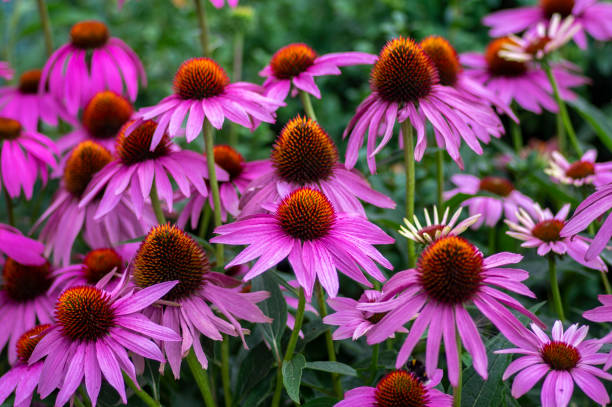
Purple coneflower or Echinacea has been shown to be beneficial in reducing the frequency and duration of colds, according to several studies. Its effectiveness has been well studied (Assessment Report, 2014). The European Medicines Agency has approved its use in respiratory infections, including colds (Kreft, 2008). The active ingredients of purple coneflower (polysaccharides, alkylamines, cicuric acid) act as immunostimulants, increasing phagocytosis and non-specific T-cell stimulation. In contrast, long-term use of 8 weeks or more is associated with immunosuppression, which may lead to postoperative complications such as poor wound healing. Other side effects include allergic reactions and therefore this plant should be used with caution in hypersensitive individuals (Shakeel et al., 2010).

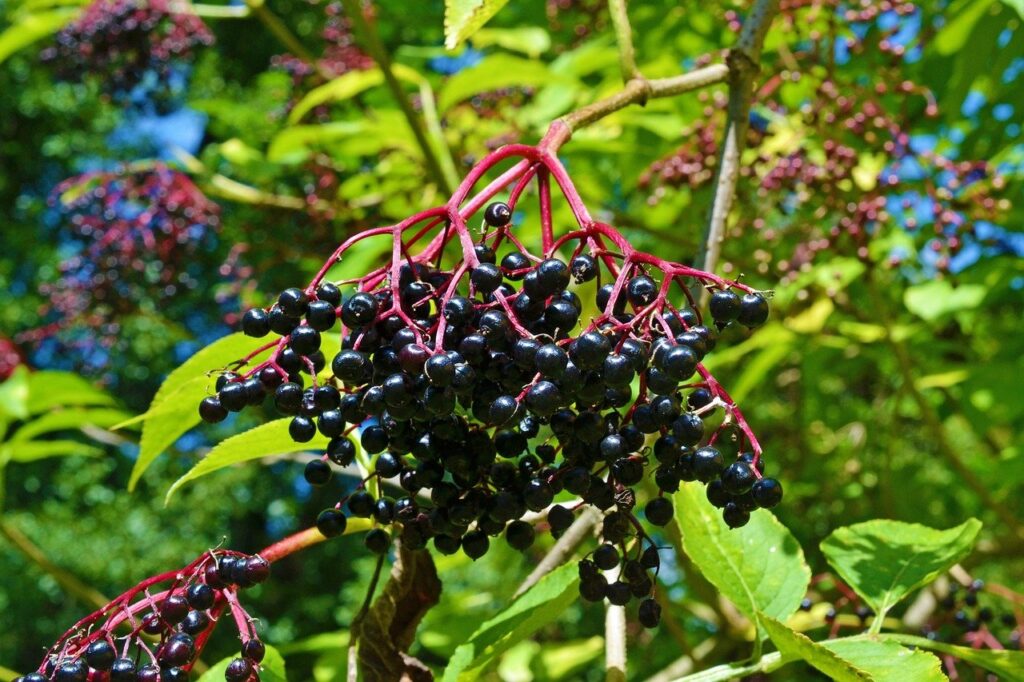
Black elderbery

Elderberries contain many health-promoting ingredients and has been linked to relieving many health problems. It is an inexpensive and low-risk agent, especially in the treatment of flu and other viral and non-viral pathogens, as well as a remarkably effective preventive agent for acute viral infections (Porteri & Bode, 2017). While earlier it was recommended to use mainly flowers, now elderberry berries are preferred.
Several interventions on humans have been conducted with elderberry preparations. Some examples. It was found (Zakay-Roneset et al., 1995) that patients in the treatment group recovered from fever in an average of 4 days compared to the control group (6 days) and other symptoms improved in as little as 2 days (5 days in the placebo group) and subjects in the treatment group recovered completely in 2-3 days compared to 5 days in the control group.
In a later study, the same authors (Zakay-Roneset et al., 2004) showed in a trial of 60 patients that all individual symptoms of flu were relieved in 2-4 days in the treatment group instead of 7-8 days in the placebo group, and overall self-reported well-being showed a marked improvement after 3 days instead of 7 days. No side effects were observed
A randomized, double-blind, placebo-controlled study (Tiralongo et al., 2016) administered 300 mg of elderberry extract per capsule to subjects and analysed its effectiveness in preventing and treating the flu and colds during international travel. The study found no significant difference in the incidence of illness between the treatment and control groups, as only 29 of 312 volunteers (healthy adults aged 18 and older) became ill. Elderberry extract was also found to reduce the average duration of these colds by 2 days and also significantly reduce the severity of symptoms.
Elderberry, purple coneflower and pregnancy
There is not enough data on the use of elderberry and purple coneflower for infectious inflammations of the upper respiratory tract to allow them to be considered safe during pregnancy. Therefore, it is not recommended to use these two plants and their preparations during pregnancy. However, for women who have used herbs before during pregnancy, it is good to know that the recommendation not to use elderberry and purple conedlower during pregnancy is based on a lack of safety data, not data showing direct harmful effects of these two herbs during pregnancy. Therefore, the use of these plants with caution and at your own risk cannot be ruled out (Holst et al., 2014).
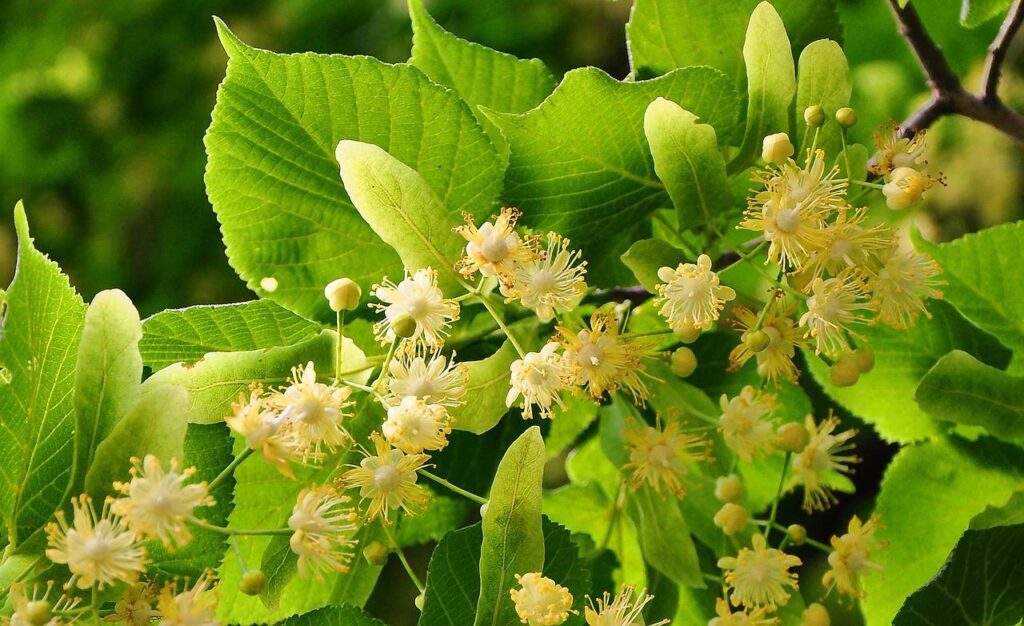
Linden

Common linden and big leaf linden flowers are a long-known classic remedy for reducing high fever in colds. Nowadays, the European Medicines Agency (Assessment Report, 2012) recommends linden flowers, firstly, to alleviate the symptoms of colds and secondly, to relieve stress. Linden flower tea is also suitable for this, which is prepared by pouring 1.5 g of the crushed drug over 150 ml of boiling water, leaving it to stand for 10 minutes, straining and drinking it 2-4 times a day.
Meadowsweet
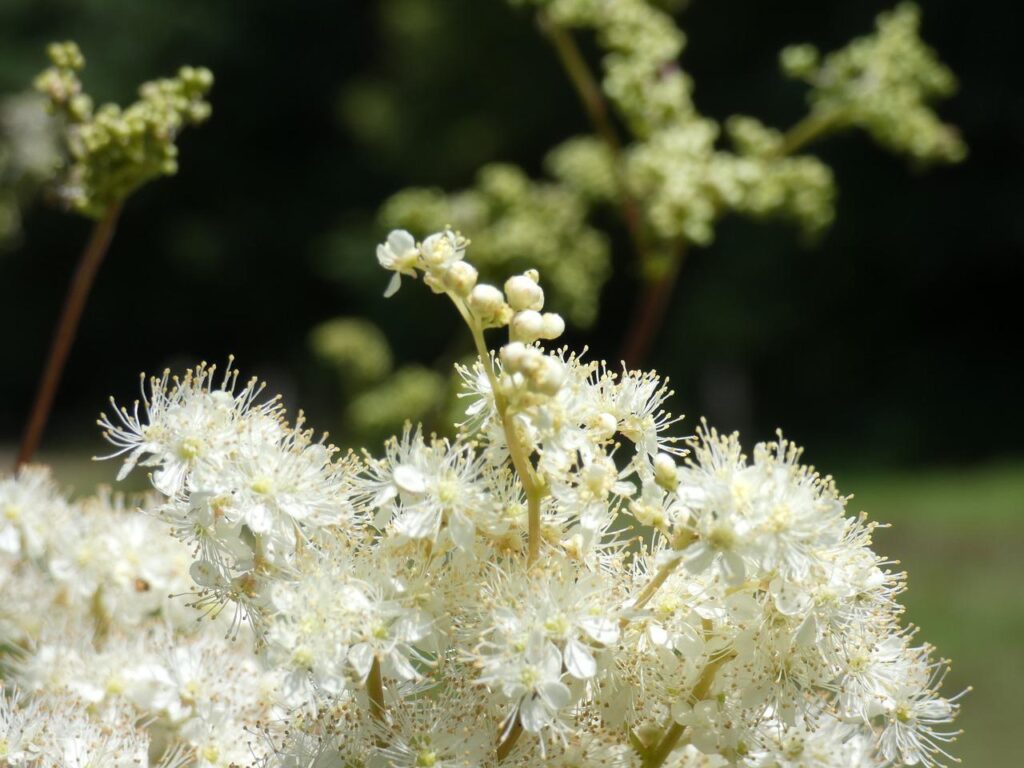
Common meadowsweet herb is recognized by the European Medicines Agency for use as a supportive treatment for colds (Assessment Report, 2011). Meadowsweet and flowers are effective in the context of inflammatory diseases such as painful joint diseases and are helpful for common colds. This is confirmed by various folk medicine experiences. Animal testing indicate a possible effect of meadowsweet on the immune system (Halkes et al., 1997). Although there are no clinical studies related to the immune system, these experiments suggest the possibility that meadowsweet has a positive effect on the human immune system, which could be a good prerequisite for reducing the likelihood of catching colds.


Ginseng

Ginseng (Panax ginseng) is a long-known medicinal plant that helps the body adapt to changing conditions and is the most popular anti-stress plant in Asian folk medicine. As stress in turn weakens the immune system, this plant is seen as a means of positively influencing the immune system (Skopinska-Rozewska, 2009). Ginseng also has anti-depressant effects, the mechanisms of which have been elucidated at the molecular and cellular level (Jin et al., 2019). Its anti-inflammatory properties, ability to regulate the natural microbial community in the body, as well as relief of chronic inflammation, strengthening of immunity, antioxidant effect and regulation of glucose and lipid metabolism have also been proven, which make it a valued and versatile medicinal plant (Jin et al., 2021). Several effects of ginseng have been confirmed in human trials, and the risks associated with its use are assessed as low (Ernzt, 2010).
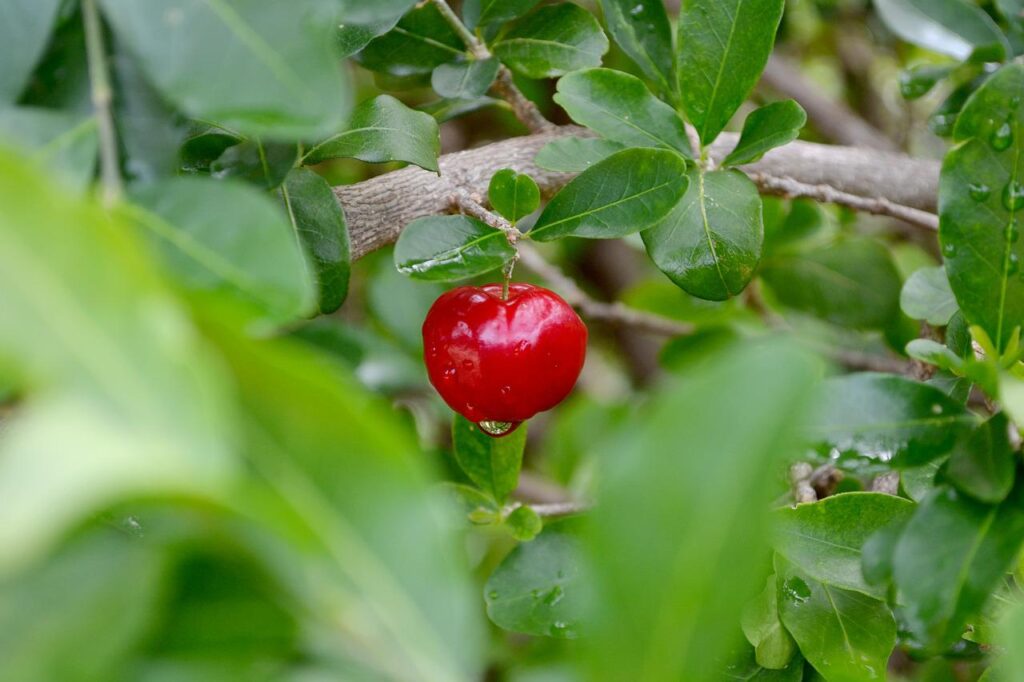
Ascorbic acid, or vitamin C, which is abundant in acerola cherry, is related to strengthening the body. It has been shown (Hemilä & Chalker, 2013) that regular use of vitamin C reduces the duration of colds by 8% in adults and 14% in children. In a study in children (Heimer et al. 2009), vitamin C was shown to reduce the duration of upper respiratory tract infections. However, a study with adults operating in extreme conditions showed that ascorbic acid preparations halved the frequency of colds in subarctic conditions in marathon runners, skiers or soldiers (Hemilä & Chalker 2013). It is expected that ascorbic acid increases the effects of purple coneflower on the immune system and helps the body cope with diseases better.

Assessment report on Echinacea purpurea (L.) Moench., herba recens, 24 November 2014 EMA/HMPC/557979/2013 Committee on Herbal Medicinal Products (HMPC).
Assessment report on Filipendula ulmaria (L.) Maxim., herba and Filipendula ulmaria (L.) Maxim., flos.12 July 2011 EMA/HMPC/434892/2010 Committee on Herbal Medicinal Products (HMPC).
Assessment report on Tilia cordata Miller, Tilia platyphyllos Scop., Tilia x vulgaris Heyne or their mixtures, flos. 22 May 2012 EMA/HMPC/337067/2011 Committee on Herbal Medicinal Products (HMPC).
Halkes S.B.A, Beukelman C.J., Kroes B.H., van den Berg A.J.J., van Dijk H., Labadie R.P. A strong complement inhibitor from the flowers of Filipendula ulmaria. Pharmaceut. Pharmacol. Lett., 1997, 7(2/3), 79-82.
Heimer K.A., Hart A.M., Martin L.G., Rubio-Wallace S. Examining the evidence for the use of vitamin C in the prophylaxis and treatment of the common cold. Journal of the American Academy of Nurse Practitioners, 2009, 21(5): 295–300.
Hemilä H., Chalker E. Vitamin C for preventing and treating the common cold. The Cochrane Database of Systematic Reviews, 2013, 1.
Holst L., Havnen G.C., Nordeng H. Echinacea and elderberry—should they be used against upper respiratory tract infections during pregnancy? Frontiers in Pharmacology, 2014, 5, Article 31, 1-12.
Shakeel M., Trinidade A., Ah-See K.W. Complementary and alternative medicine use by otolaryngology patients: a paradigm for practitioners in all surgical specialties. European Archives of Oto-Rhino-Laryngology, 2010, 267, 961–971.
Tiralongo E., Wee S.S., Lea R.A. Elderberry supplementationreduces cold duration and symptoms in air-travellers: Arandomized, double-blind placebo-controlled clinical trial. Nutrients, 2016, 8(4): e182
Zakay-Rones Z, Thom E, Wollan T, Wadstein J. 2004. Randomizedstudy of the efficacy and safety of oral elderberry extract inthe treatment of influenza A and B virus infections. J. Int. Med. Res., 2004, 32(2), 132–140.
Zakay-Rones Z,, Varsano N,, Zlotnik M, et al.1995. Inhibition ofseveral strains of influenza virus in vitro and reduction ofsymptoms by an elderberry extract (Sambucus nigra L.) duringan outbreak of influenza B. Panama Journal of Altern, Complement. Med., 1995, 1(4), 361–369.
Ernzt E. Panax ginseng: An overview of the clinical evidence. Journal of Ginseng Research, 2010, 34, 259-263,
Jin D., Zhang Y., Zhang Y., Duan L., Zhou R., Duan Y., Sun Y., Lian F., Tong X. Panax ginseng C.A.Mey. as medicine: The potential use of Panax ginseng C.A.Mey. as a remedy for kidney protection from a pharmacological perspective. Frontiers in Pharmacology, 2021, doi.org/10.3389/fphar.2021.734151
Jin Y., Cui R., Zhao L., Fan J., Li B. Mechanisms of Panax ginseng action as an antidepressant. Cell Proliferation, 2019, 12696.
Skopinska-Rozewska E. Immunotropic and anti-tumor effects of plant adaptogens. I. Panax ginseng. Central European Journal of Immunology, 2009, 34, 207-211
